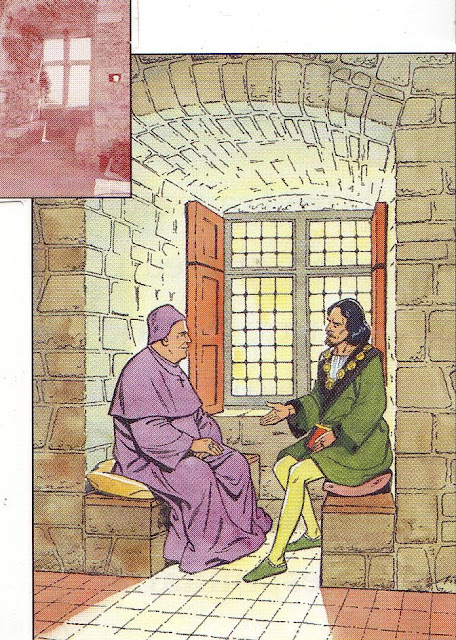Fête du Citron - the entrance
 Above: the entrance to the festival - Islands of the World. In the small photo you can see how it looked a few days ago - more like a scene from 'Company' than a Lemon Festival.
Above: the entrance to the festival - Islands of the World. In the small photo you can see how it looked a few days ago - more like a scene from 'Company' than a Lemon Festival.The Fete du Citron draws visitors from all over the world but it actually started in 1895 when a group of hoteliers, seeking a way of providing winter entertainment for the city, suggested to the municipality that there be a Carnival parade through the city. By 1896, the Carnival of Menton was as popular with the local population as with the rich winter visitors. At the time, it was fashionable to spend the winter months in the mild climate of the French Riviera. Kings, Queens, Princes, artist and performers stayed in the palaces of Menton, or had splendid villas built. The Carnival of 1882 was a memorable occasion, attended by Queen Victoria in person, and ending in a grandiose fireworks display on the Bay of Garavan.
Tomorrow, we enter - wonders await us - there be dragons and pirates...
To see Bully, the Pyrenean Shepherd Dog, who'll do a trick for you, click on the link.
































